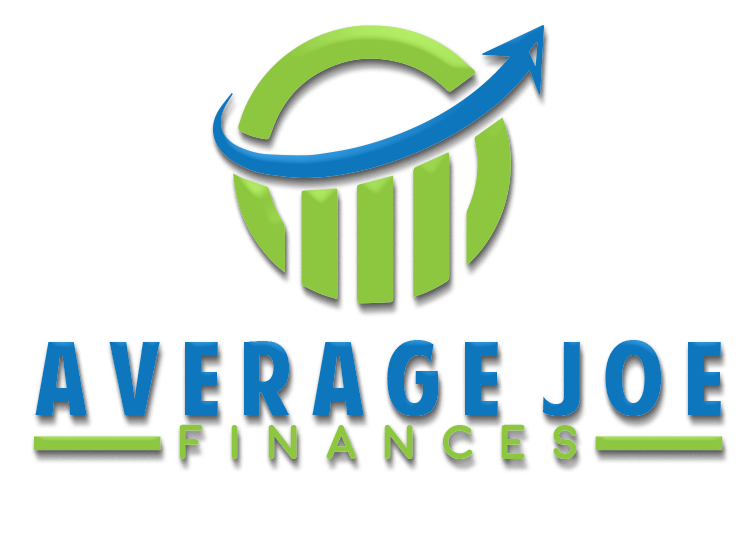Here we are again, continuing the journey. Let’s talk budgeting… spending plans… you know, being disciplined. For some reason, the words budget or spending plan can strike fear into anyone. Are budgets scary? Absolutely not! They can certainly be intimidating and downright overwhelming, however, a proper budget is the first step to get you in the right place financially. I’m not so strict with my budget and always give myself some wiggle room. Sometimes, I lack discipline when it comes to my own spending plan! Some people can’t have any wiggle room in their current situation, but that’s also ok. Those who cannot afford to have wiggle room, need to have just a little more discipline.
How I Build My Spending Plan
Being in the military, I get paid twice a month. I split my spending plan into two paychecks and sort my bills out based on that. I focus on paying myself first. If you are in a place where you can put money into savings, treat your savings as a bill. One of the recent changes I have made with my own spending plan is adding an investment account that I treat as a bill. I have to pay my savings and investment accounts before I even pay my bills. These payments come before everything else. Treating your savings and investments as a bill is a good way to ensure you stay on track and disciplined with your own spending plan. You are able to give yourself a mental “check in the box” and celebrate a small win when you pay your savings and investment account.
If you have debt such as credit cards, loans (not mortgages or even some car payments), or owe money elsewhere, it’s wise to pay off debt first before you start to save. Credit card debt is commonly referred to as consumer debt. I recommend having at least $1,000 in your emergency savings before you start “snowballing” on your consumer debt.
What is a Debt Snowball?
What is snowballing? Glad you asked. When you snowball your debt, you are paying off one bill at a time. You will make your minimum payments to all of your bills, and then you will take your leftover funds (whatever you have left after paying all bills) and dump it into the credit card or loan with the highest interest rate. Repeat these steps until you pay off all of your consumer debt. Once the debt is gone, you can decide if you want to pay off your car note early or start saving. If you have a very low interest rate on the car, it’s like worth it to start saving and investing instead of paying the car off early.
Once you save up to at lease three to six months of living expenses, your emergency fund will be funded (In today’s environment it’s wise to have even up to a year of expenses saved). It’s important to have this money saved for any type of emergency that may arise. After you have that put together, it’s time to start investing and putting your dollars to work. This is when you start building your wealth and set yourself up for your future retirement.


